
Centenary of the Bugatti Type 32 ‘Tank’
Bugatti, renowned for its visionary engineering and ingenious designs, is celebrating the official centenary of one of its most groundbreaking cars, the Type 32 ‘Tank.’ This remarkable streamlined racing car laid the groundwork for aerodynamic innovations in motorsports, earning its nickname not only for its unique shape but also for its visible rivets and bolts.
The milestone was marked at the French Grand Prix on July 2, 1923, in the picturesque city of Tours, located in the beautiful Loire Valley. Over 300,000 spectators gathered to witness an exhilarating event featuring cutting-edge race cars. However, it was the audacious machine embodying Ettore Bugatti’s genius and his relentless pursuit of defying conventions that captured the most attention.
The Type 32 immediately stood out with its airplane-inspired wing-shaped body, a testament to Bugatti’s belief in the pivotal role of advanced aerodynamics in enhancing racing car performance. While its underlying structure heavily borrowed from the Type 30, including its 2.0-liter eight-cylinder engine producing around 90 PS, the unconventional fairing, compact wheelbase, and narrow track gave it a distinctive appearance that caused quite a stir among the enthusiastic spectators.
The car boasted numerous innovative engineering solutions, techniques, and designs. It featured an underslung chassis and front hydraulic brakes, while its three-speed and reverse transaxle transmission added to its adventurous character. Unsurprisingly, such an unorthodox vehicle, with its dramatic and idiosyncratic looks, stood out among the conventionally designed racers of that era.
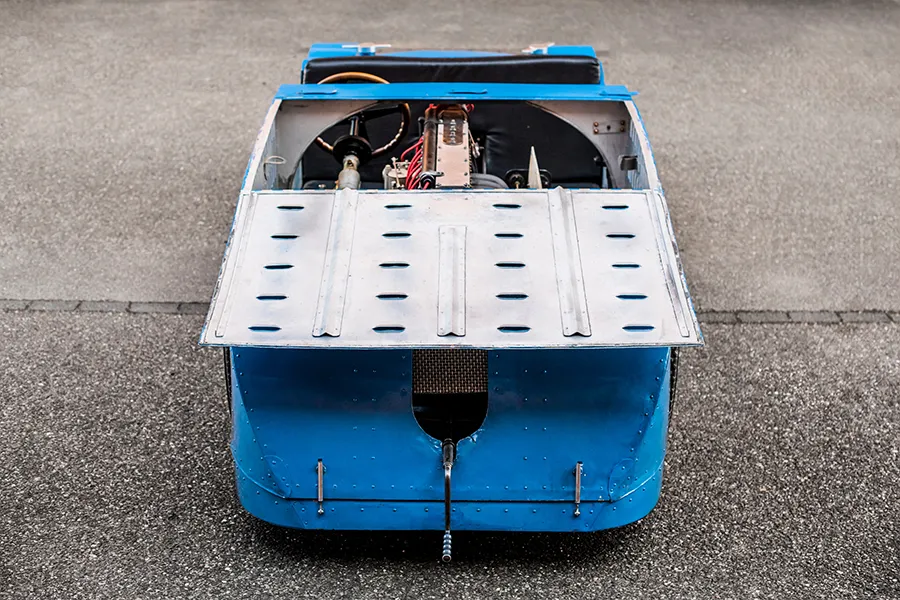


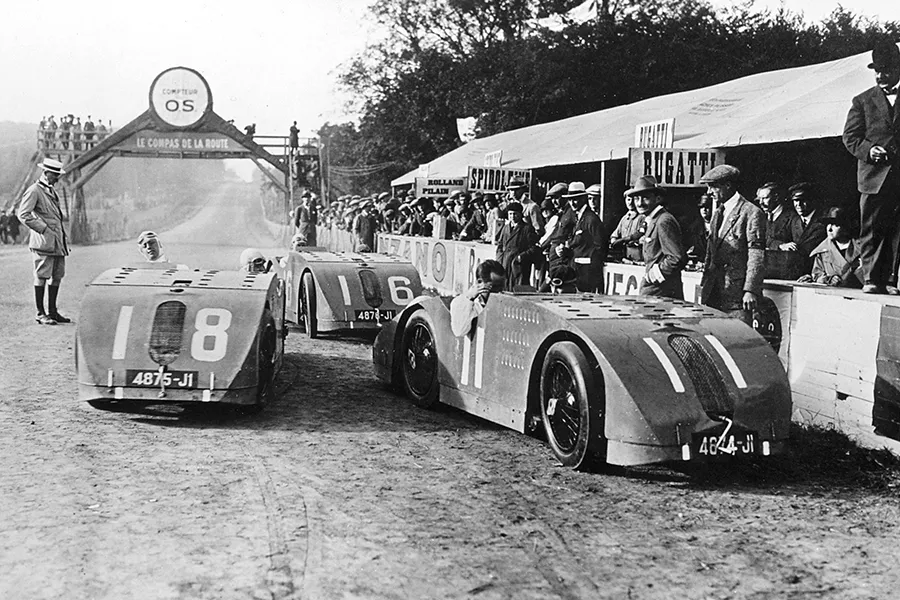
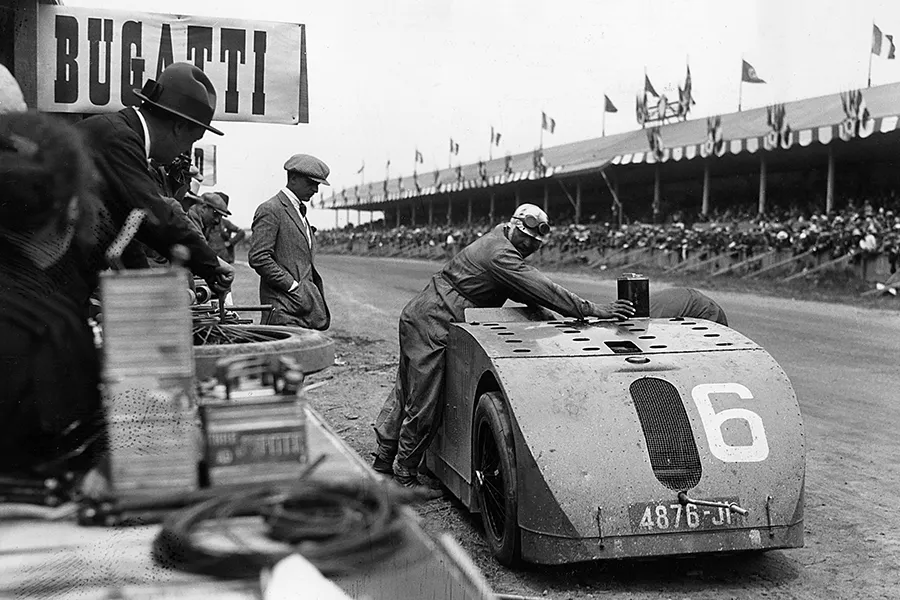
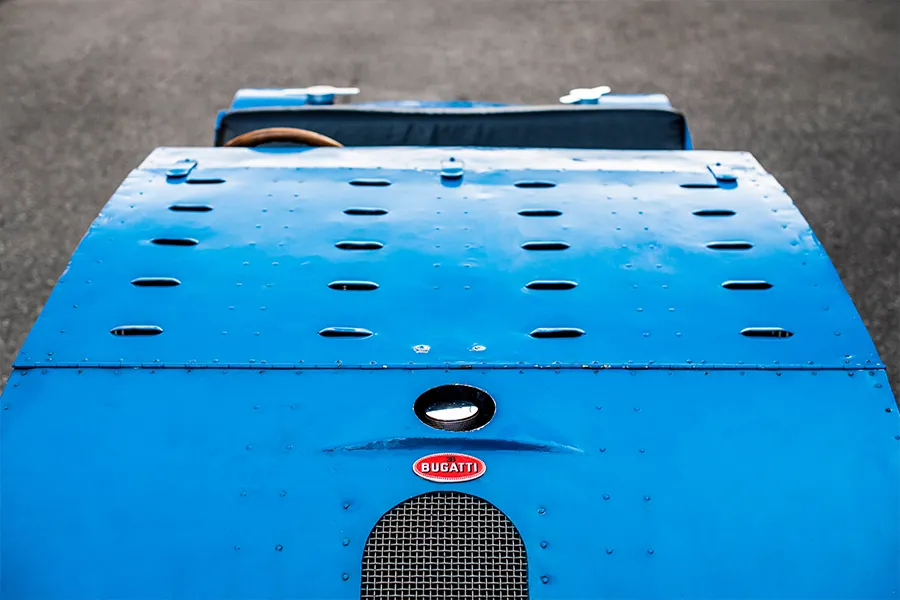
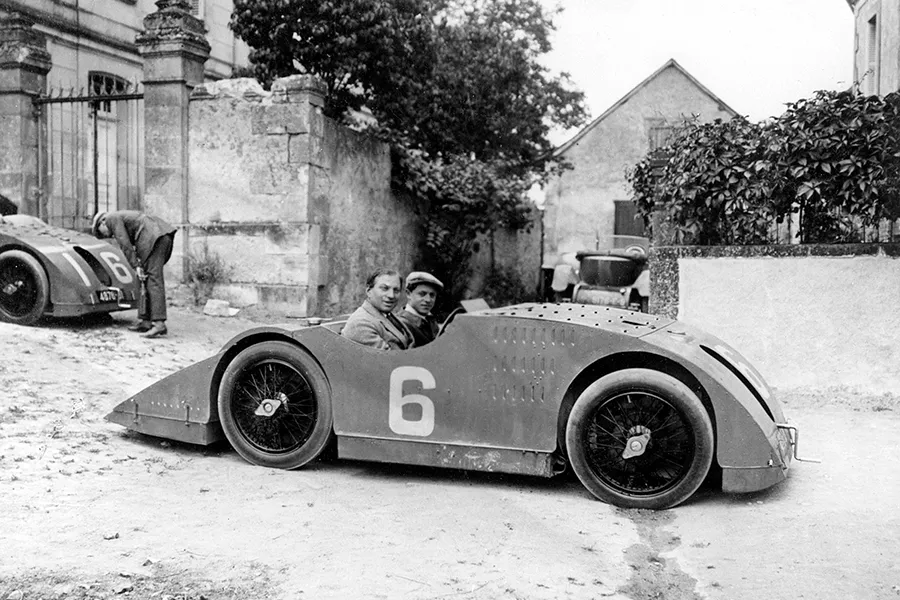
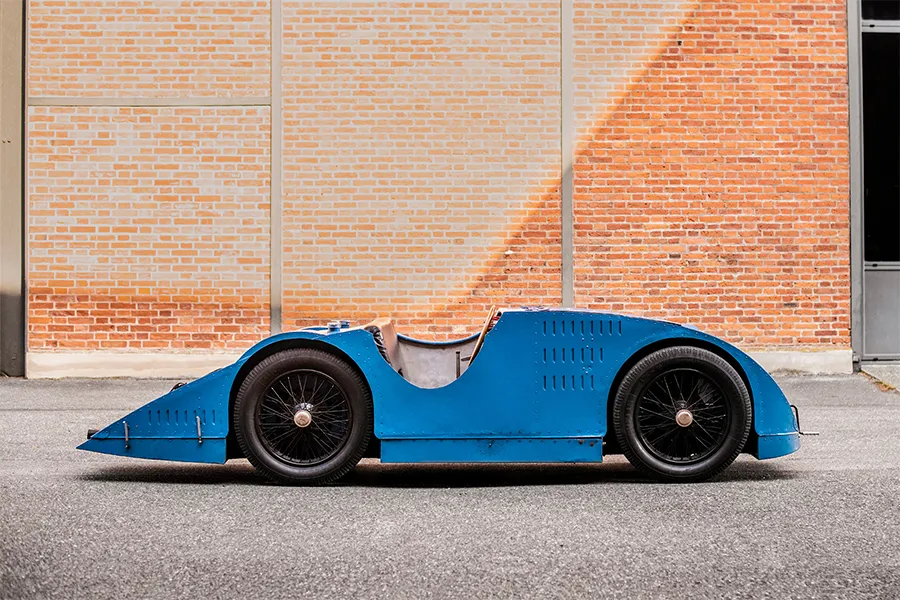
A total of five Type 32s were constructed, including a prototype and the four cars that participated in the Grand Prix. The race itself consisted of a grueling 35 laps around the 22.83-kilometer circuit on public roads, covering a total distance of just under 800 kilometers. Among these four cars, the most successful was driven by French racer Ernest Friderich, who finished third. He completed the race in seven hours and 22.4 seconds, achieving an average speed of slightly over 112 km/h. It was a commendable performance for the Type 32, but Tours marked its only appearance in a Grand Prix, as Bugatti shifted its focus to the development of the iconic Type 35. This legendary Bugatti introduced a host of new ideas, including the use of alloy wheels, and went on to enjoy unparalleled success, winning the Grand Prix World Championship in 1926.
Despite its brief stint in Grand Prix racing, the Type 32 proved to be a valuable exercise for Bugatti, with many lessons learned that would pay off in the future. In particular, the belief in the pivotal role of aerodynamic efficiency was conclusively proven in another race car, the 57G, which featured a streamlined, enclosed body and earned the ‘Tank’ nickname. In the 1930s, this car dominated endurance racing, achieving notable victories at the 1936 French Grand Prix and, most notably, at Le Mans in 1937. These triumphs showcased that Ettore Bugatti’s vision, first realized in the Type 32 ‘Tank’ of 1923, had been vindicated.
Even today, the Type 32 remains instantly recognizable to motorsport enthusiasts as an iconic and innovative creation from Bugatti. This masterpiece now rests at the Musée National de l’Automobile in Mulhouse, France, and continues to participate in action-packed displays during certain historic races.